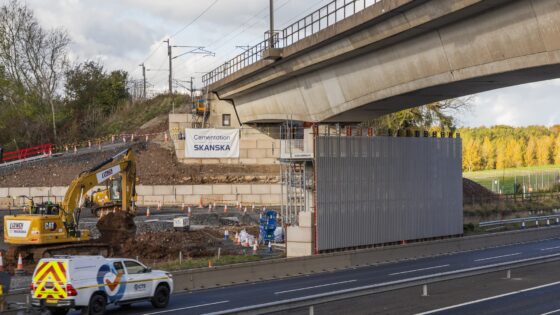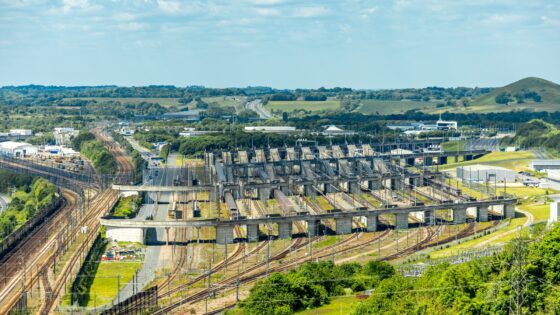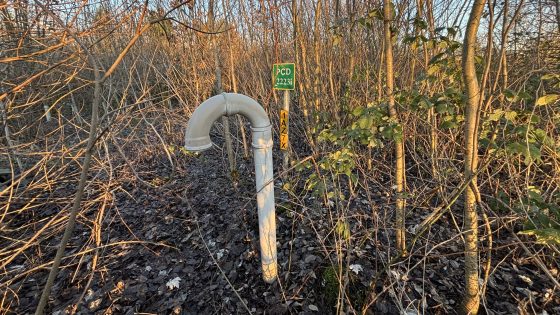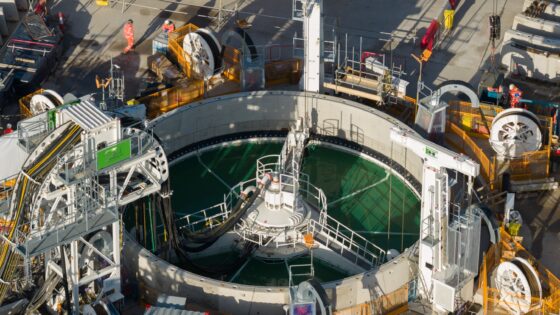Clifton Bridge piling over M6: geotechnical milestones and lessons for engineers
Reviewed by Tom Sullivan

First reported on New Civil Engineer
30 Second Briefing
Ground engineering and piling for the replacement of the 60-year-old Clifton Bridge over the M6 in Cumbria have been completed by Cementation Skanska, allowing the project to move into the bridge installation phase. The works prepare foundations for a new structure spanning the motorway, replacing ageing 1960s infrastructure that carries local traffic over one of the UK’s busiest north–south corridors. For geotechnical teams, the milestone signals that substructure risks are largely retired and attention will now shift to superstructure erection and traffic management constraints over live motorway lanes.
Technical Brief
- For similar over‑motorway bridge renewals, early completion of piling often becomes the key schedule driver.
Our Take
Among the 24 Infrastructure stories in our coverage, very few involve motorway structures in northern England, so the Clifton Bridge works on the M6 in Cumbria help illustrate how ageing 1960s assets are now moving into wholesale replacement rather than incremental strengthening cycles.
For UK bridge projects of similar 50–70 year asset age in our database, efficient piling and groundworks have often been used to compress possession windows on live motorways, suggesting that the Clifton Bridge job is likely being treated as a test-bed for minimising traffic disruption on other high‑volume corridors.
Cementation Skanska’s role here aligns with several other Projects/Contract Award pieces in our database where specialist foundation contractors are brought in early, which typically signals that ground risk and programme certainty are being managed as primary drivers rather than pure lowest-cost tendering.
Prepared by collating external sources, AI-assisted tools, and Geomechanics.io’s proprietary mining database, then reviewed for technical accuracy & edited by our geotechnical team.
Related Articles
Related Industries & Products
Construction
Quality control software for construction companies with material testing, batch tracking, and compliance management.
CMRR-io
Streamline coal mine roof stability assessments with our cloud-based CMRR software featuring automated calculations, multi-scenario analysis, and collaborative workflows.
HYDROGEO-io
Comprehensive hydrogeological testing platform for managing, analysing, and reporting on packer tests, lugeon values, and hydraulic conductivity assessments.
GEODB-io
Centralised geotechnical data management solution for storing, accessing, and analysing all your site investigation and material testing data.


